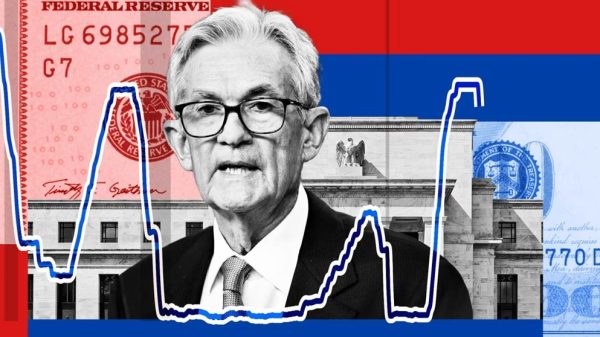The Reserve Bank of Australia (RBA) has taken a significant step by reducing its benchmark interest rate for the first time in more than four years. On Tuesday, the bank announced a 25-basis-point rate cut, bringing the cash rate to 4.10%. This marks the first easing of monetary policy since November 2020, when the central bank slashed rates to historic lows to combat the economic fallout of the pandemic.
Key Details of the Rate Cut
The RBA’s decision comes after a period of steady rates at 4.35% since November 2023, following a prolonged cycle of 13 rate hikes aimed at curbing inflation. The recent cut aligns with market expectations, as softening inflationary pressures provided room for the central bank to ease monetary restrictions.
“While today’s policy decision recognizes the welcome progress on inflation, the Board remains cautious on prospects for further policy easing,” the RBA stated. The cautious tone suggests that the central bank is prepared to act gradually in its approach to monetary policy adjustments.
Inflation and Labor Market Trends
One of the key factors influencing the RBA’s decision is the declining inflation rate. Australia’s inflation over the 12 months through the December quarter eased to 2.4%, down from 2.8% in the previous quarter. The RBA’s medium-term inflation target is set between 2% and 3%, and the central bank expressed greater confidence that inflation is now moving sustainably toward its target range.
However, the RBA also highlighted the strength of the labor market as a factor tempering the pace of monetary easing. Australia’s unemployment rate remains near historic lows, hovering at 4.0% in December. “Some recent labor market data have been unexpectedly strong, suggesting that the labor market may be somewhat tighter than previously thought,” the RBA noted in its statement.
Economic Growth and Uncertainties
Despite progress on inflation, the Australian economy faces notable challenges. GDP growth in the September quarter rose by just 0.3%, while annual growth slowed to 0.8%, the weakest rate since the pandemic. The RBA acknowledged uncertainties in the outlook for domestic economic activity, particularly in household consumption, which remains sluggish.
The central bank projects that growth in household consumption will improve as income growth accelerates. However, it cautioned that any rebound in consumer spending could be slower than expected, posing risks to the broader economic recovery.
Market and Currency Reactions
The RBA’s rate cut has had a mixed impact on financial markets. Australian government bonds rallied in anticipation of the rate decision, with yields on 10-year government bonds dropping nearly 20 basis points since mid-January to 4.450%. Meanwhile, the Australian dollar strengthened slightly to 0.6341 against the U.S. dollar following the announcement. The ASX 200 index, however, extended losses, shedding 0.54% on Tuesday.
Outlook for Monetary Policy
While the RBA has joined other major global central banks in initiating an easing cycle, analysts believe the current cycle may be short-lived. Abhijit Surya, a senior APAC economist at Capital Economics, predicts the RBA will implement only two rate cuts in this cycle, with the terminal cash rate expected to reach 3.60%.
The RBA’s cautious approach reflects its focus on balancing the need to support economic growth with the goal of maintaining inflation within target levels. The recent rate cut also provides a boost to the Labor government, which is preparing for a challenging election year amid sluggish economic growth.











